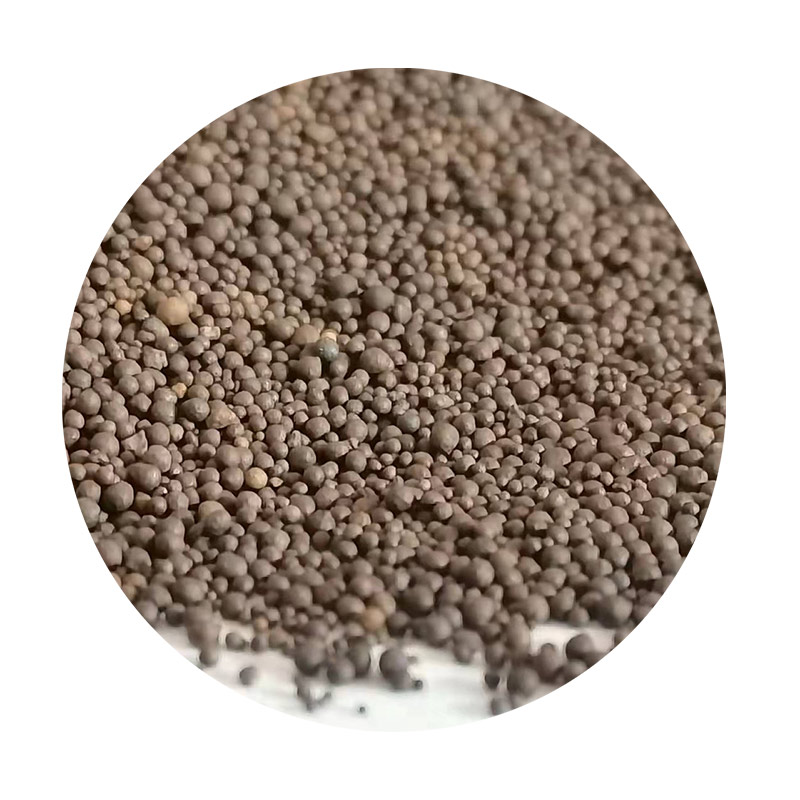Advantages of Sand Casting
Sand casting, also known as sand mold casting, is one of the oldest and most widely used casting processes in the manufacturing industry. This technique involves the use of sand as the primary molding material to create intricate shapes and designs. The advantages of sand casting make it a preferred method for producing a variety of metal components, particularly in large volumes.
1. Versatility in Design
One of the most significant advantages of sand casting is its versatility regarding design. Sand casting molds can be easily created to accommodate complex geometries. This flexibility allows engineers and designers to manufacture parts that may be difficult or impossible to produce using other methods. As a result, sand casting is suitable for a wide array of industries, including automotive, aerospace, art, and construction, where customized shapes and intricate details are often required.
2. Cost-Effectiveness
Sand casting is generally more cost-effective than other casting processes, especially for producing large quantities of parts. The materials used in sand casting—primarily sand, clay, and water—are relatively inexpensive and readily available. Additionally, the process does not require expensive equipment or tooling, making it a cost-efficient option for small to medium production runs. This affordability makes it an attractive choice for startups and small businesses looking to enter the market without significant financial investment.
3. Ability to Use Various Metals
Another vital advantage of sand casting is the capability to work with a diverse range of metals and alloys. This includes everything from ferrous metals like cast iron and steel to non-ferrous metals such as aluminum, copper, and brass. This adaptability allows manufacturers to select the most appropriate material for their specific application, optimizing performance characteristics and reducing production costs.
advantage of sand casting

4. Good Surface Finish and Dimensional Accuracy
While sand casting may not achieve the level of surface finish and dimensional accuracy found in more advanced techniques like die casting or investment casting, it can still produce reasonably good results. Advances in molding materials and the use of coatings can significantly enhance the surface quality of castings. Furthermore, post-casting processes such as machining can be applied to achieve tighter tolerances, making sand casting a viable option for parts that require precise dimensions.
5. Scalability
Sand casting is easily scalable, meaning that manufacturers can adjust production volumes according to demand. Whether producing a few pieces for prototyping or thousands for mass production, sand casting can accommodate various batch sizes. This scalability is particularly beneficial for businesses that deal with fluctuating market demands. They can ramp up production without incurring significant additional costs, which is vital for maintaining competitiveness in today’s dynamic marketplace.
6. Environmental Considerations
Modern sand casting processes have made strides towards improved environmental sustainability. The use of reusable molds and the ability to recycle sand minimize waste. Moreover, advancements in green sand technologies have led to the development of environmentally friendly binders and additives, reducing the environmental footprint of traditional sand casting practices. Manufacturers increasingly recognize the value of implementing sustainable practices in their operations, making sand casting an attractive choice.
Conclusion
In conclusion, sand casting remains a dominant method in the manufacturing sector due to its numerous advantages. From versatility in design and cost-effectiveness to the ability to work with various metals and the efficiency of scalability, it provides a reliable solution for producing high-quality metal components. As the industry continues to evolve, sand casting will likely remain a cornerstone of foundry practices worldwide, adapting to meet the needs of modern manufacturing while retaining its traditional strengths.
Post time:Dec . 10, 2024 12:10
Next:using sand in resin
